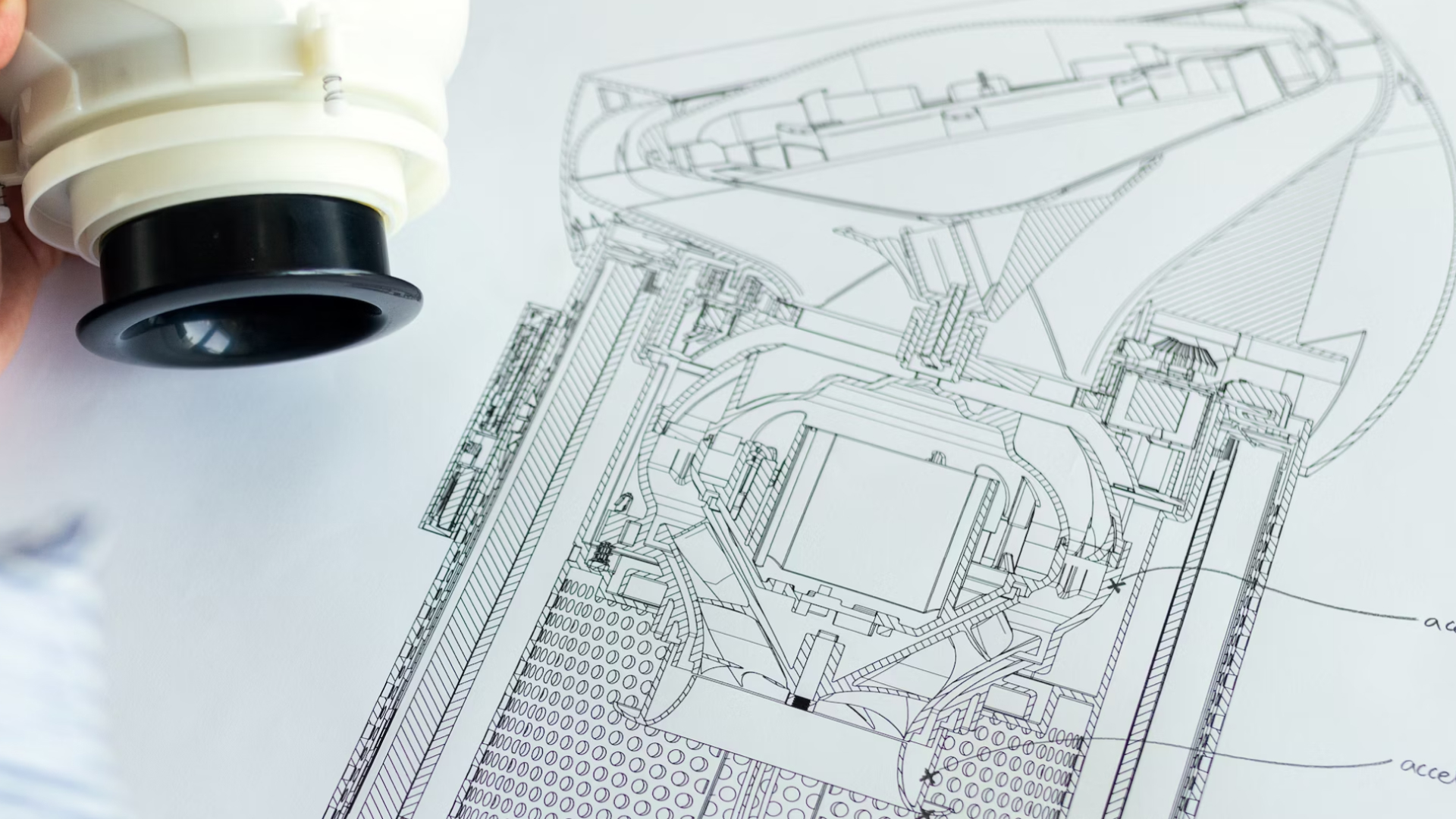What is Industrial Design: Understanding the Discipline

Definition and History of Industrial Design
What is Industrial Design?
Industrial design is the professional practice of designing products used by millions of people every day. It’s the creative and systematic plan that defines the physical properties of things that are made in mass. Not just about looks; it’s form and function, user experience, market demand and production efficiency. The design process is crucial in industrial design, empowering designers to bring their creative visions to life, refine their concepts, and create products that fulfill user needs.
Table of Contents
Industrial design combines innovation, art, science and technology to create physical solutions that improve life. Industrial designers are uniquely positioned to bridge varied professional disciplines to create comprehensive solutions. At its heart it requires an understanding of user needs and the ability to predict how design decisions will impact user experience and manufacturing processes.
A Short History of Industrial Design
Industrial design has its roots in the dawn of mass production with the Industrial Revolution. That’s when the idea of designing products for the consumer started to take shape and fundamentally changed how products were made and sold.
The formal concept of “industrial design” emerged in the early 20th century as a response to the complexity of modern manufactured products and the need for specialized skills to design them. The profession became more defined with the establishment of design schools and the standardization of design principles which emphasized the importance of combining aesthetics with functional performance. Industrial design education played a crucial role in shaping the profession by providing structured programs that focused on the creative and analytical processes involved, and the skills and knowledge required in industrial design studies.
Industrial Designer’s Roles
Job Description and Responsibilities
An industrial designer’s role is to design solutions that optimize function, value and appearance for the benefit of both user and manufacturer. They use various tools to combine art, business and engineering to make products that people use every day, like smartphones, cars and furniture.
They research how a product will be used, design multiple versions of the product, create prototypes, test the models and integrate feedback into the designs until a product is ready for production. A good industrial designer doesn’t just focus on the shape and function of a product but also its safety, manufacturability and marketability.
Skills and Technical Expertise
Technical Expertise in Industrial Design
Technical skills are key in industrial design. Proficiency in CAD software is essential as it allows designers to create detailed drawings that can be turned into prototypes. Industrial designers often utilize various design tools, software, and prototyping equipment to develop and refine design concepts, present concepts, and deliver work. Industrial designers must also have strong problem solving skills, artistic ability and knowledge of materials and manufacturing processes.
These skills allow designers to turn ideas into practical, manufacturable solutions that meet business objectives and consumer needs. Continuous learning and adapting to new tools and technologies is also important as they evolve.
Industrial Design in Practice
Industrial Design Impact
Industrial design is everywhere and can be seen in every industry, from consumer electronics to automotive. Designers make products look good but also make them ergonomic and sustainable. Aesthetic appeal is crucial in industrial design, as it ensures that the final product is not only functional and feasible but also visually appealing.
Famous industrial designers like Dieter Rams and Jonathan Ive have shown how important good design is to a product’s success. Their work shows that design can drive innovation, create differentiation and add value, make products more competitive and desirable to consumers.
Career Path for Industrial Designers
How to become a Successful Industrial Designer
Industrial designers in training should pursue a relevant education, usually a degree in industrial design, architecture or engineering. Industrial design education plays a crucial role in shaping a successful career by providing the necessary skills and knowledge required in the field. Practical experience, like internships in design studios or manufacturing companies, is key to understanding real world problems and solutions.
A portfolio that shows a range of skills from initial sketches to finished products is key to demonstrating capability and creativity to employers or clients. Networking within the industry and joining professional organizations can also provide resources and exposure.
Job Opportunities and Demand for Industrial Designers
The demand for industrial designers is increasing as companies realize the importance of good design in business success. Specialising in areas like sustainable design, user experience (UX) or specific product categories can increase a designer’s chances.
Job opportunities are wide ranging from consumer electronics companies to automotive manufacturers and from startups to big multinationals. Industrial designers work with varied professional disciplines to create innovative solutions, bridging fields such as engineering, user interface design, and business interests. Many industrial designers work in design studios, and manufacturing companies, as freelancers, and collaborate with professionals from different fields such as engineering, marketing, and manufacturing. Keeping up to date with the latest design trends and technology is key to a successful industrial design career.
View more of our Product Development Services
If you would like to hear more on how we can improve the quality of your products or help with your product development, please contact Bluefrog Design at mail@bluefrogdesign.co.uk
FAQ’s
What is an example of industrial design?
Examples include the minimalism of Apple products, the functionality of IKEA furniture and the user friendliness of modern car dashboards. Each of these products shows how industrial design is everywhere and form and function are combined in ways that look simple.
What are the 4 types of industrial design?
The 4 main types of industrial design are product design (physical products), transport design (vehicles and transit systems), environmental design (furniture and fixtures) and interaction design (user interaction with electronic interfaces).
Which industry is industrial design in?
Industrial design is across multiple industries but is most commonly in the manufacturing industry. It’s involved in the production of consumer goods, industrial equipment and technology devices etc.
What do industrial designers?
Industrial designers create concepts and designs for products. They are involved from initial idea to product launch, making products functional, affordable and beautiful.
Ready to get started on a project?
Socials



